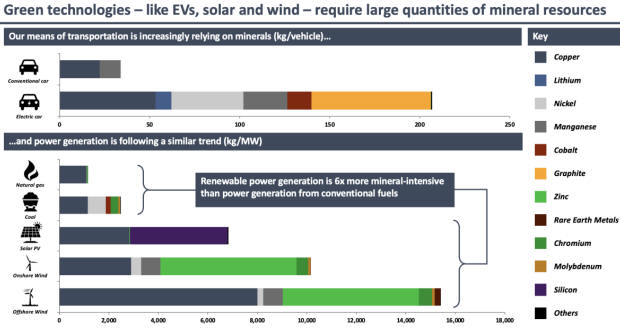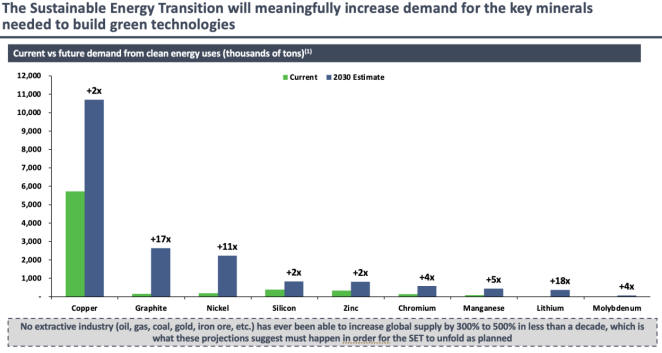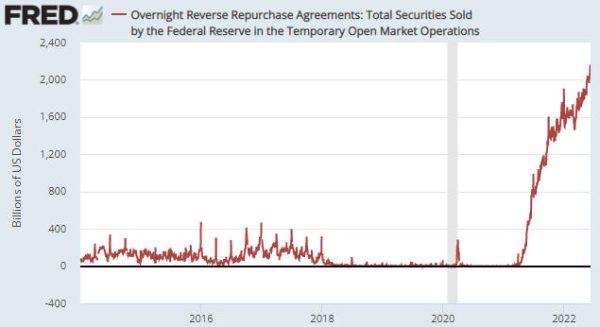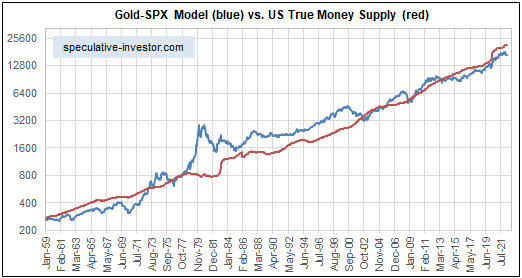[This blog post is an excerpt from a recent TSI commentary]
A basic and very important fact of which hardly anyone is aware is that a general rise in asset prices has nothing to do with economic progress. It is, instead, driven totally by an increase in the supply of money. To put it another way, the general appreciation of asset prices is driven totally by the depreciation of money.
For example, there is no reason other than an increase in the money supply for broad stock market indices to rise over the long-term. The prices of some stocks would rise due to certain companies gaining an advantage and becoming more valuable relative to other companies, but the overall market would not rise in the absence of monetary inflation. An implication is that if the money supply were stable then dividends would constitute 100% of the long-term returns on investment achieved by the owners of broad index funds.
For another example, there is no reason other than an increase in the money supply that residential property prices should rise over the long-term. The prices of some houses would rise due to renovations or zoning changes or some locations increasing in relative popularity, but the median house price would not increase over the long-term in the absence of monetary inflation. In other words, the increase in the median house price is solely due to monetary inflation. This means that if the market value of your house gained 25% over a period and the median house price gained 20% over the same period, then 80% of the increase in the market value of your house was due to the depreciation of money.
A source of confusion is that over the past 50 years asset prices have tended to rise much faster than the prices of goods and services, creating the impression that the price increases are mostly real (that is, not driven by the depreciation of money). This has happened due to the nature of monetary inflation and policies designed to boost the prices of assets.
An important characteristic of monetary inflation is that the new money does not get injected uniformly throughout the economy and therefore does not affect prices in a uniform manner. As explained in a TSI commentary in 2019, this is one of the three reasons that the Quantity Theory of Money (QTM), which holds that the change in the “general price level” is proportional to the change in the money supply, doesn’t work.
Instead of a uniform rise in prices in response to monetary inflation, different prices get affected in different ways at different times depending on who the first receivers of the new money happen to be. In the case where the new money is created by the central bank as part of a QE program, which has happened a lot since 2008, the first receivers of the new money are bond speculators. This makes the owners of financial assets the initial and main beneficiaries of the money creation. In the case where the new money is loaned into existence by commercial banks, the main beneficiaries are the owners of assets that are purchased with the borrowed money. Over the past few decades a sizable portion of the borrowing from commercial banks has been related to the purchase of real estate (most buyers of houses are able to borrow a high percentage of the purchase price), causing the owners of houses to be among the main beneficiaries.
As an aside, monetary inflation is responsible for the widening of the “wealth gap” that has occurred over the past 40 years, because it benefits the asset rich at the expense of the asset poor. The expanding wealth gap is now being touted as the justification for greater government intervention and/or taxation, almost always by people with no understanding of the underlying cause.
As another aside, the big inflation-related change that happened during 2020-2021 is that a large increase in the money supply was accompanied by government actions that simultaneously destroyed supply chains and super-charged consumer spending.
Monetary inflation’s pivotal role in boosting/distorting asset prices is why we pay so much attention to it and so little attention to the more popular ‘fundamentals’. In some cases the more popular fundamentals, market-wide corporate earnings being a good example, are themselves just functions of the monetary inflation rate.
 Print This Post
Print This Post





